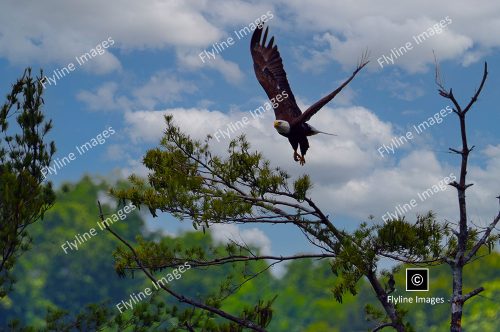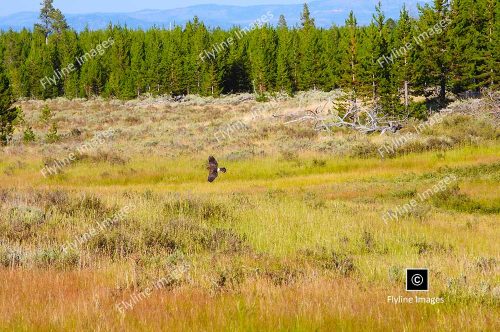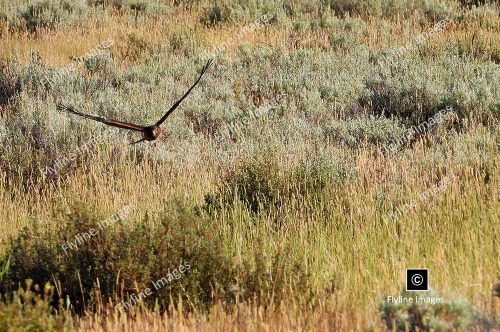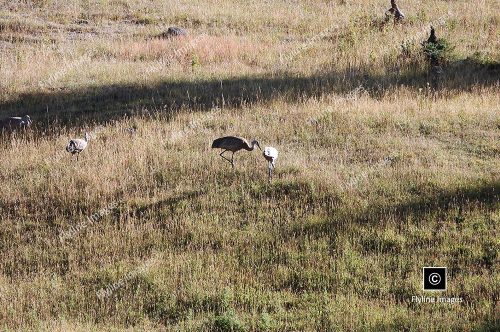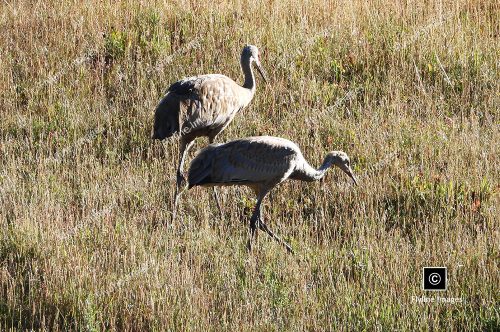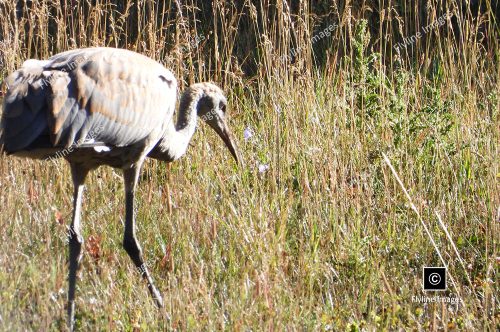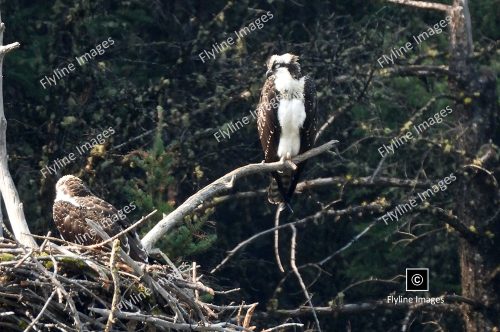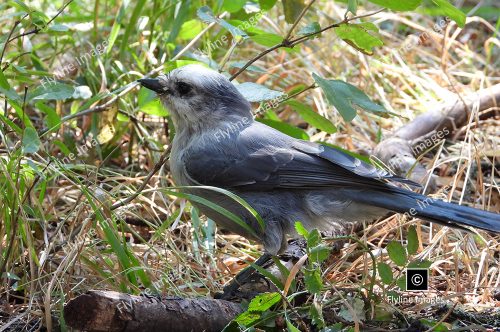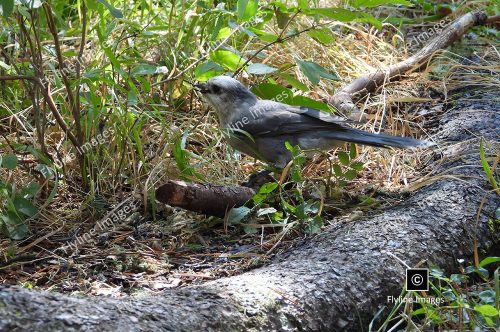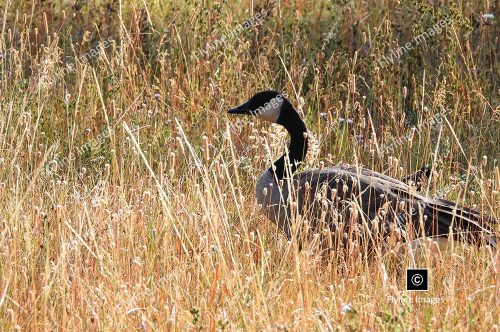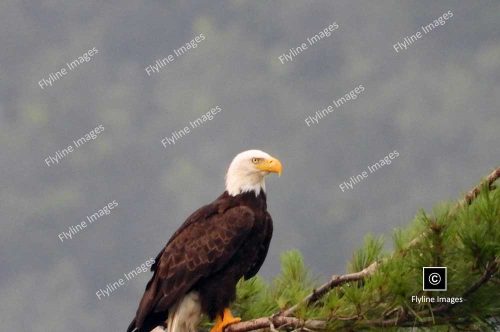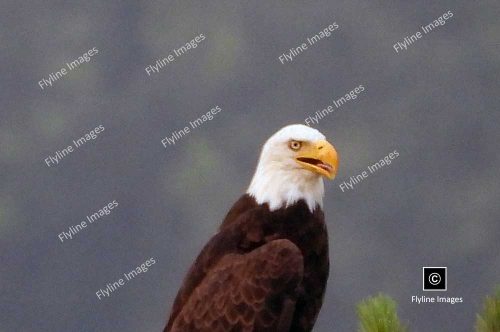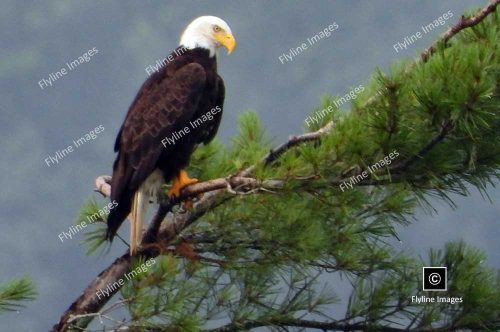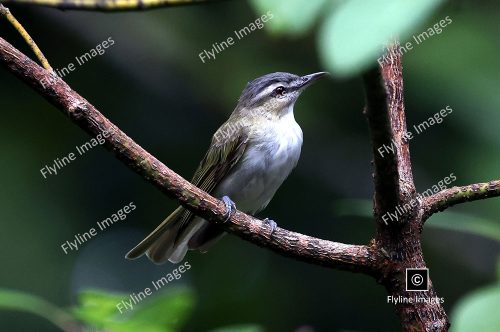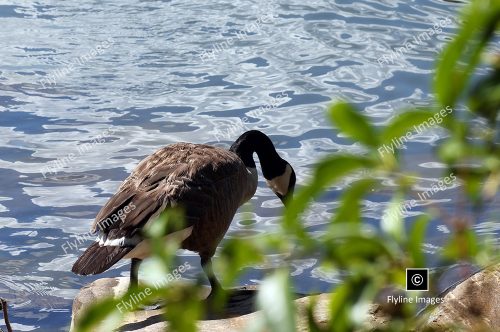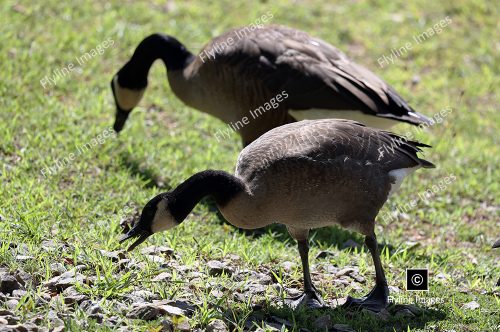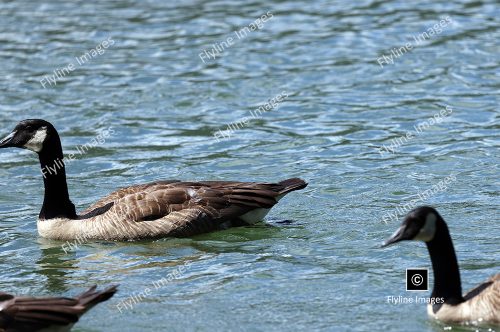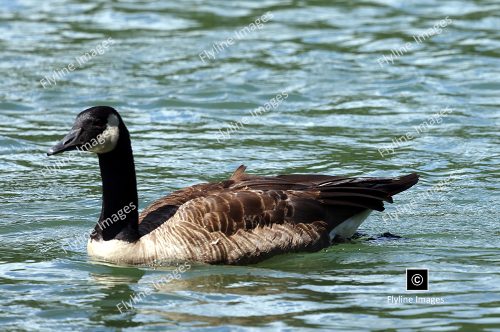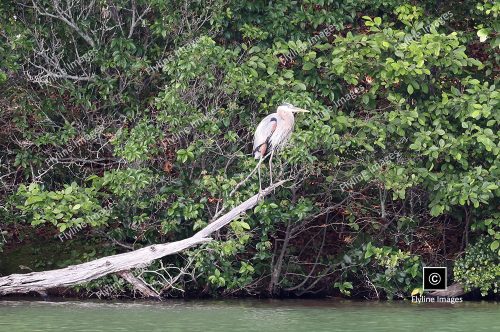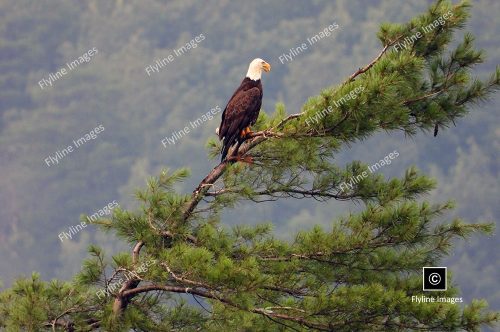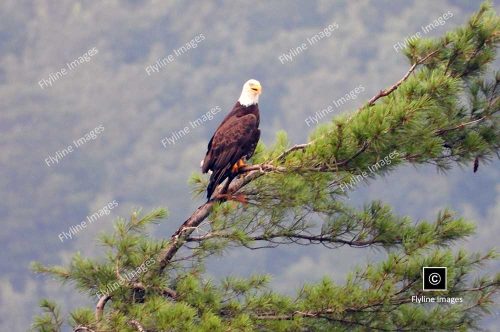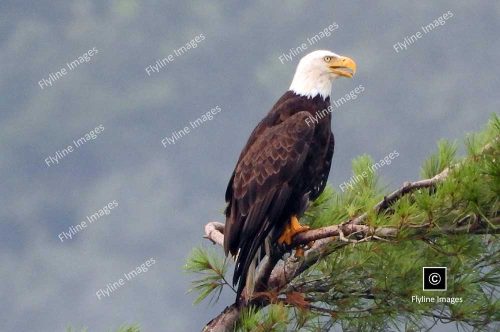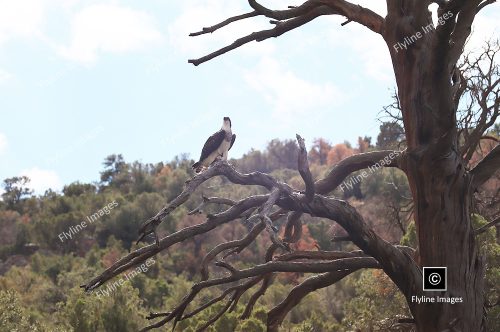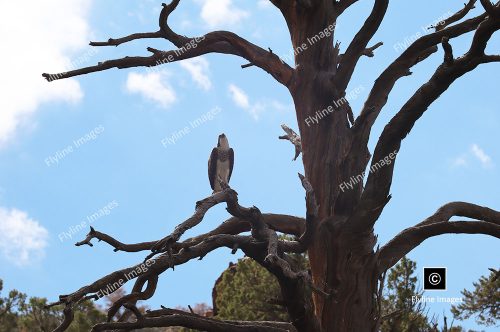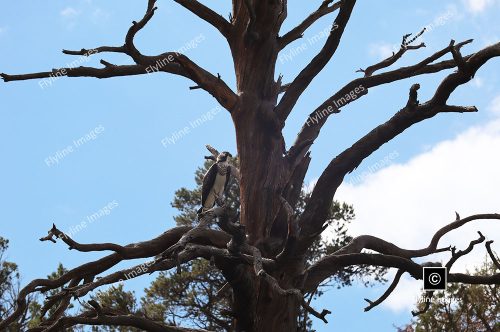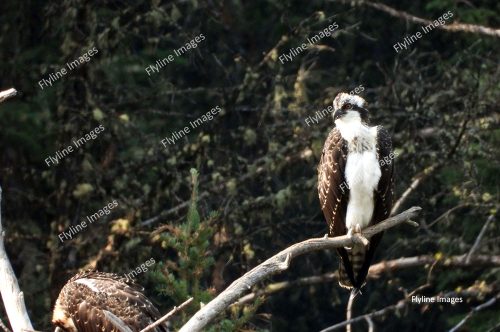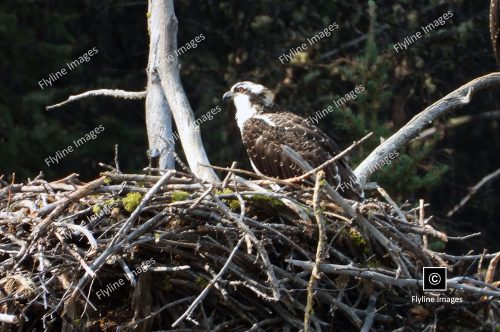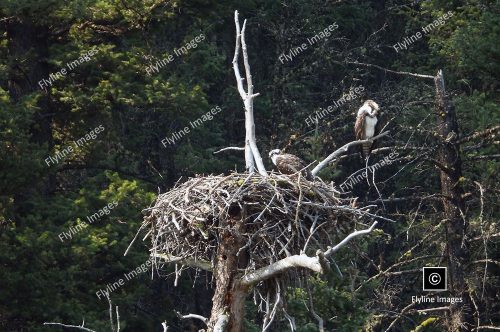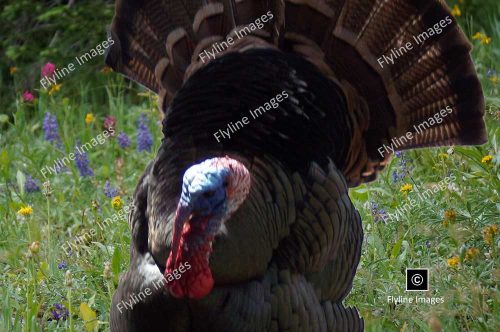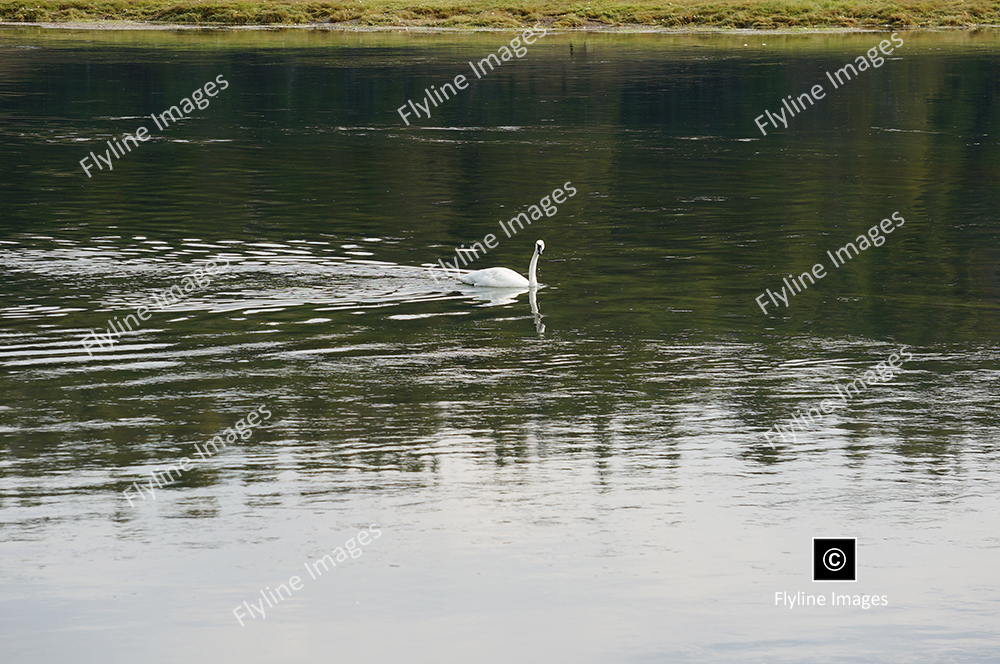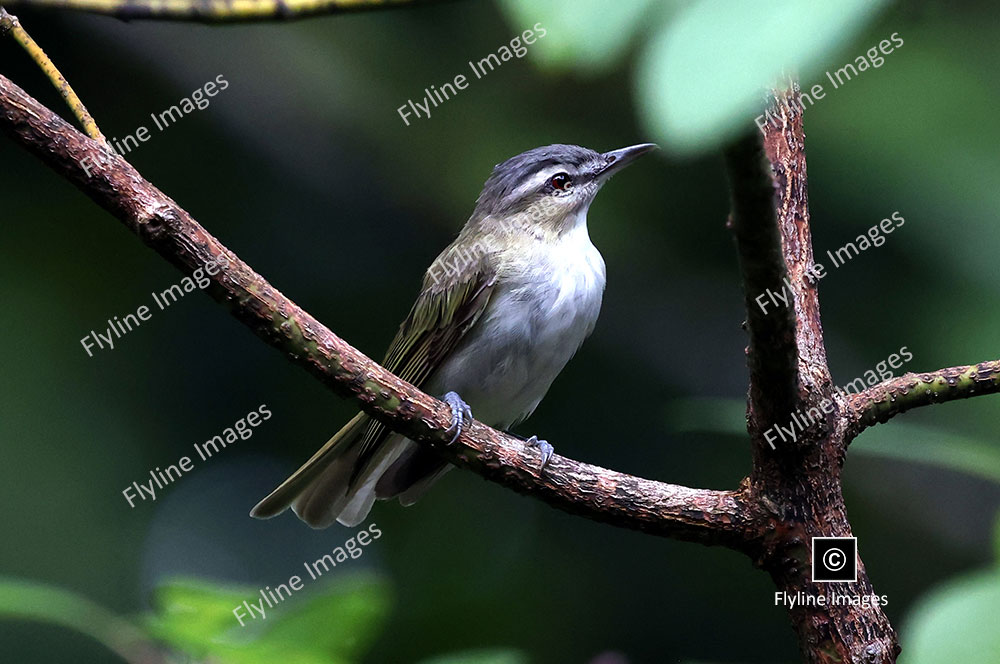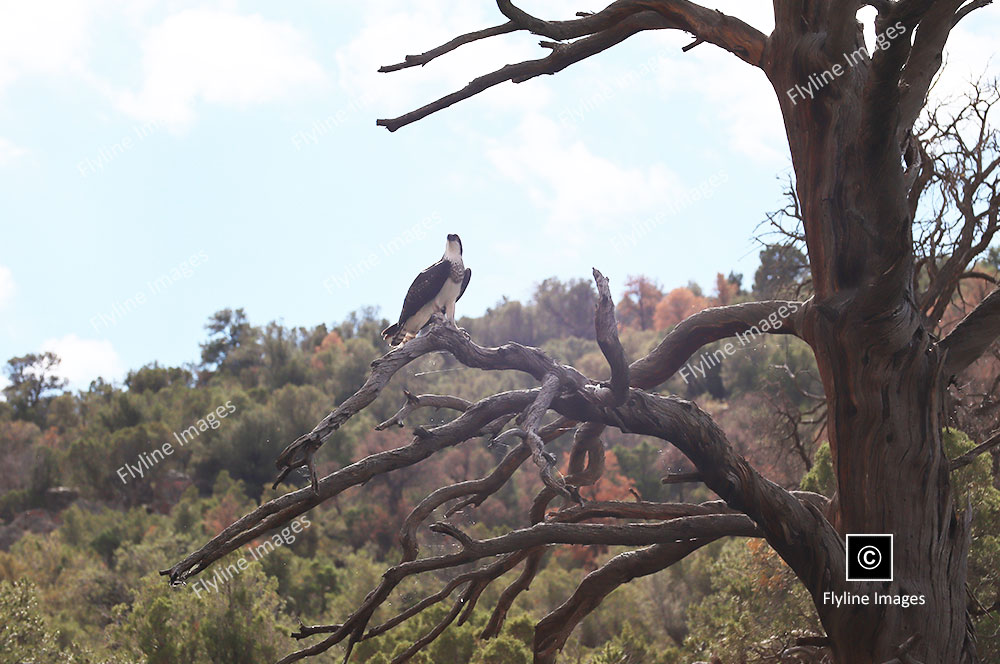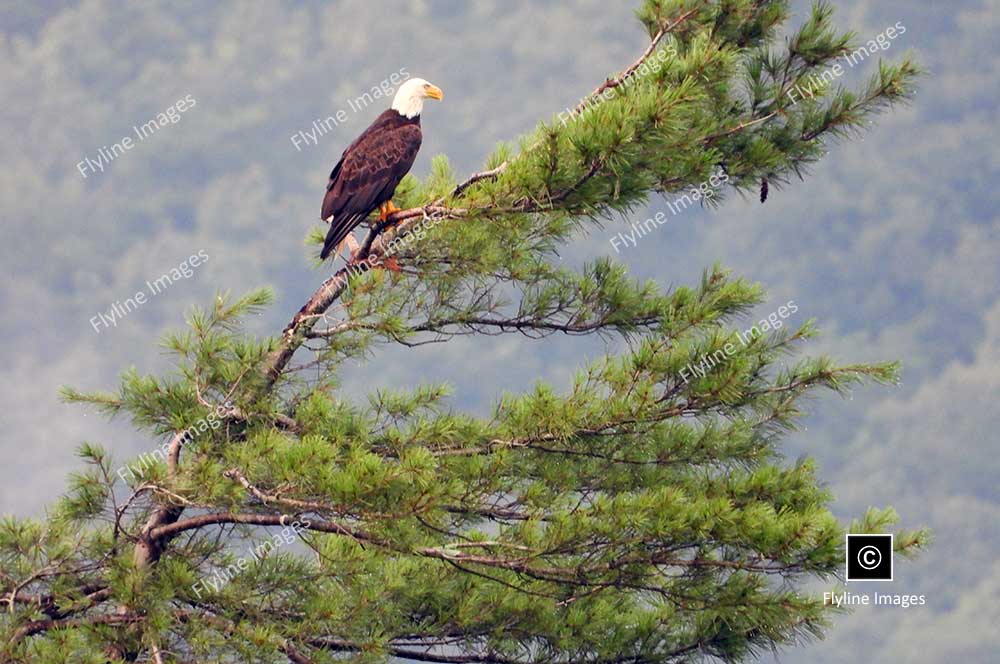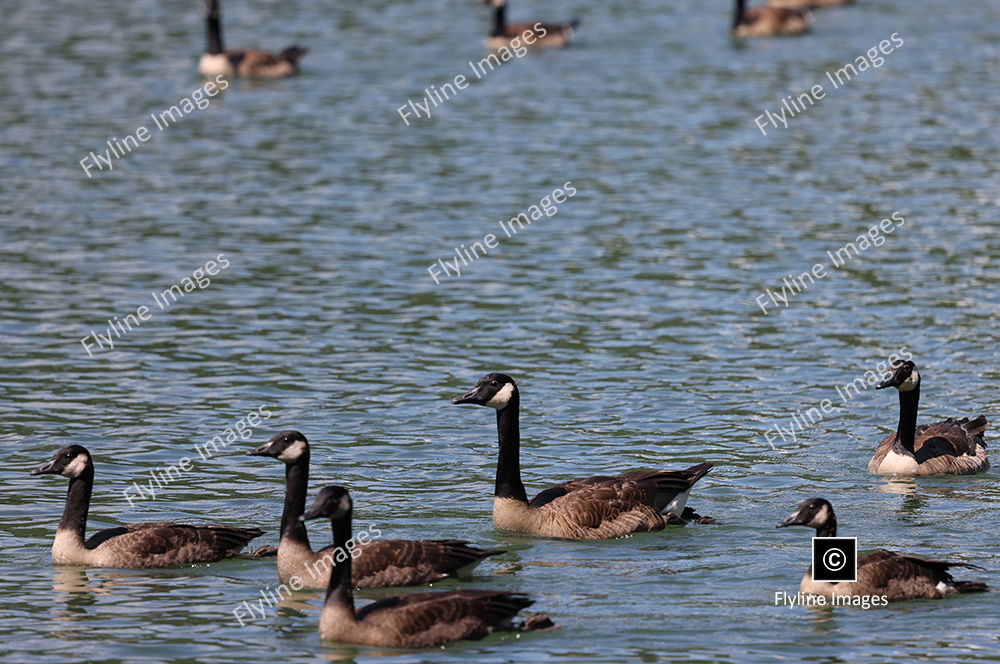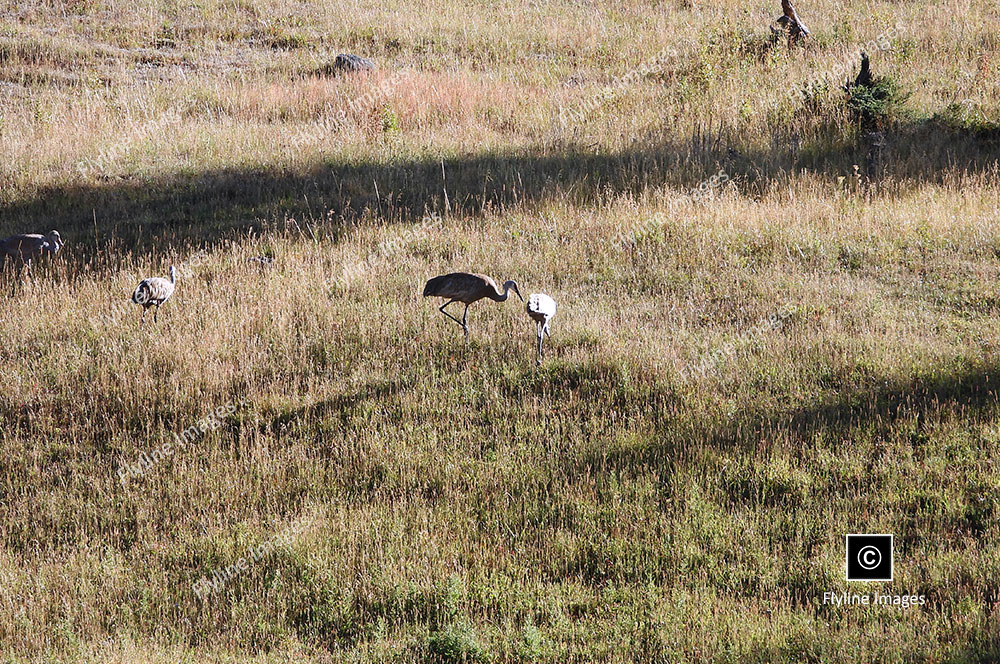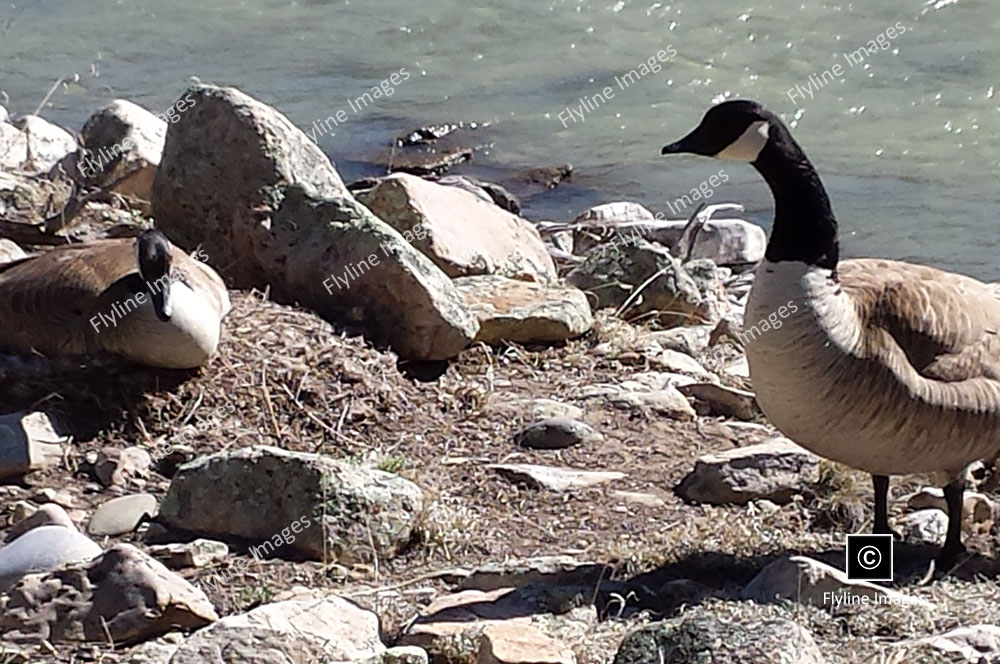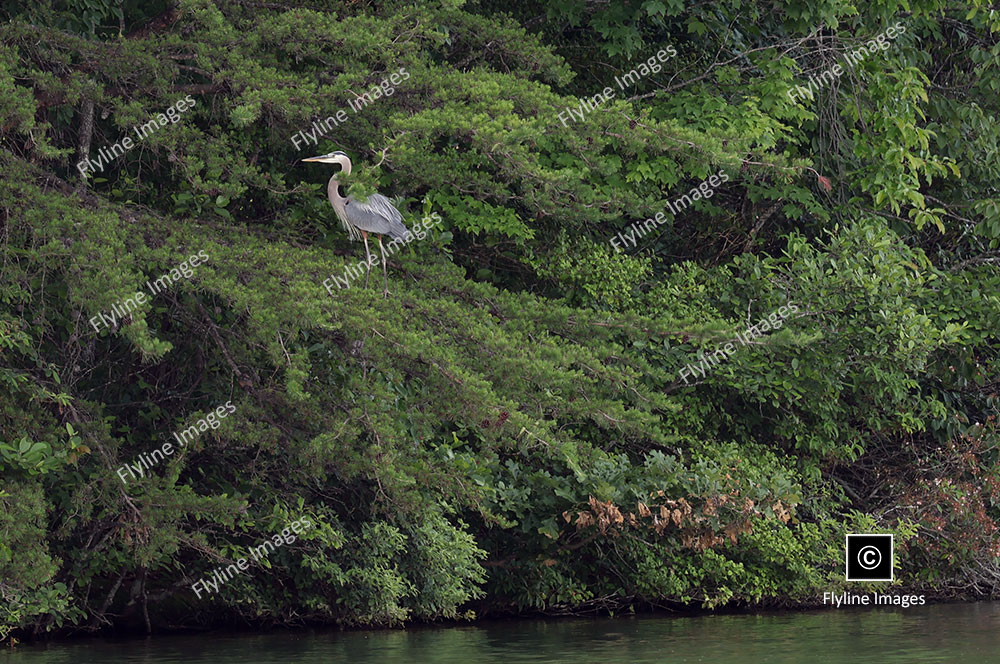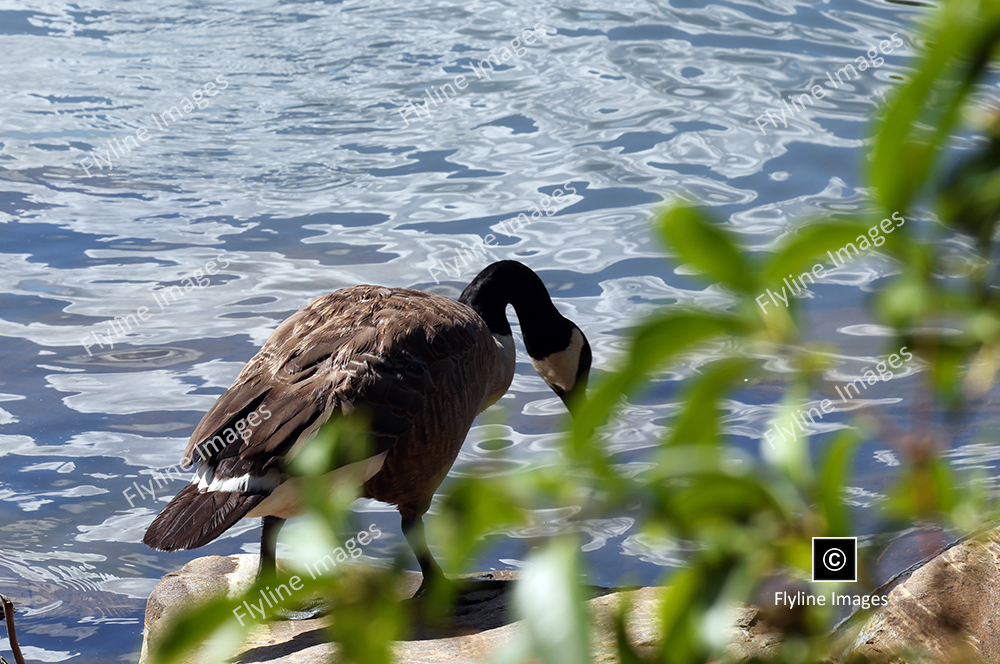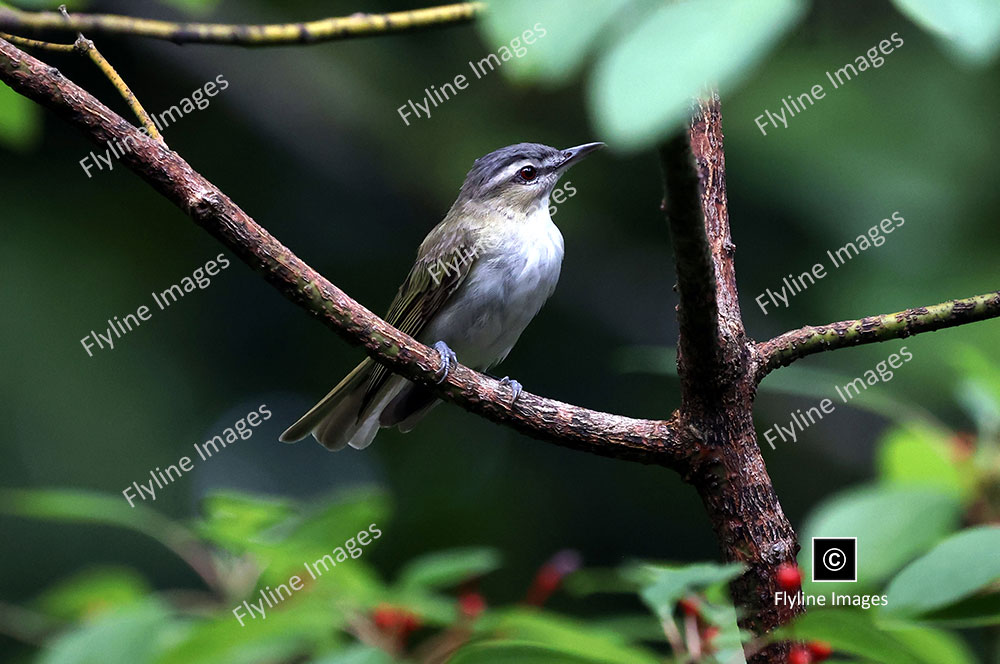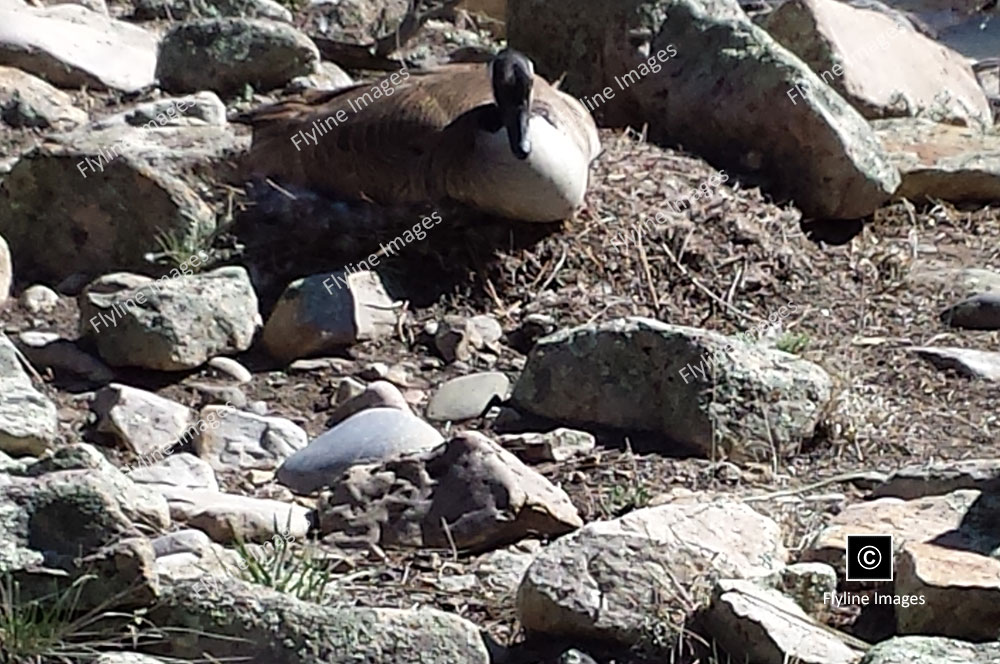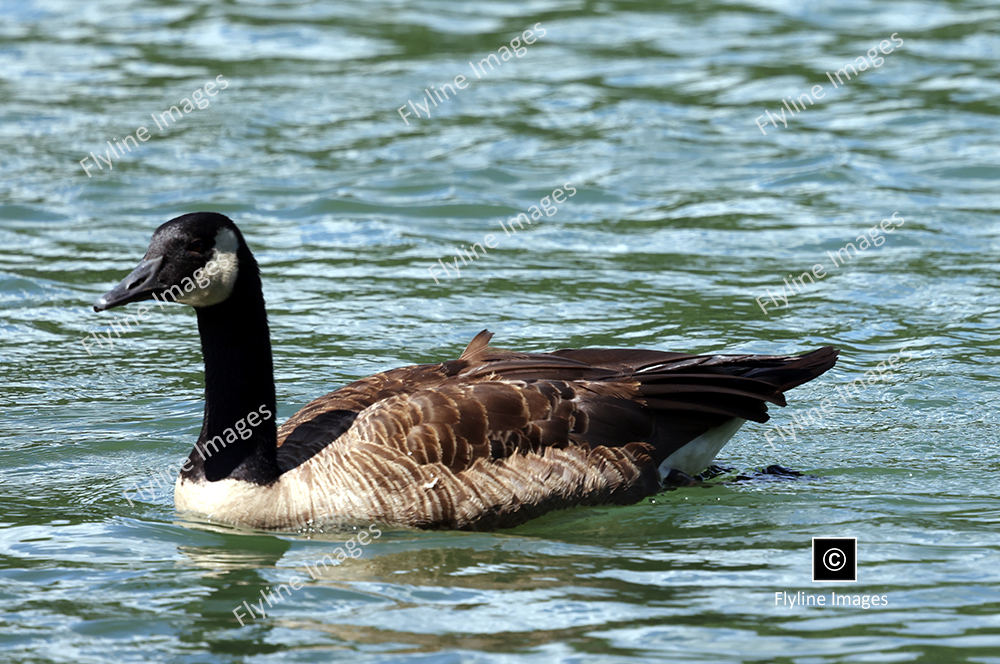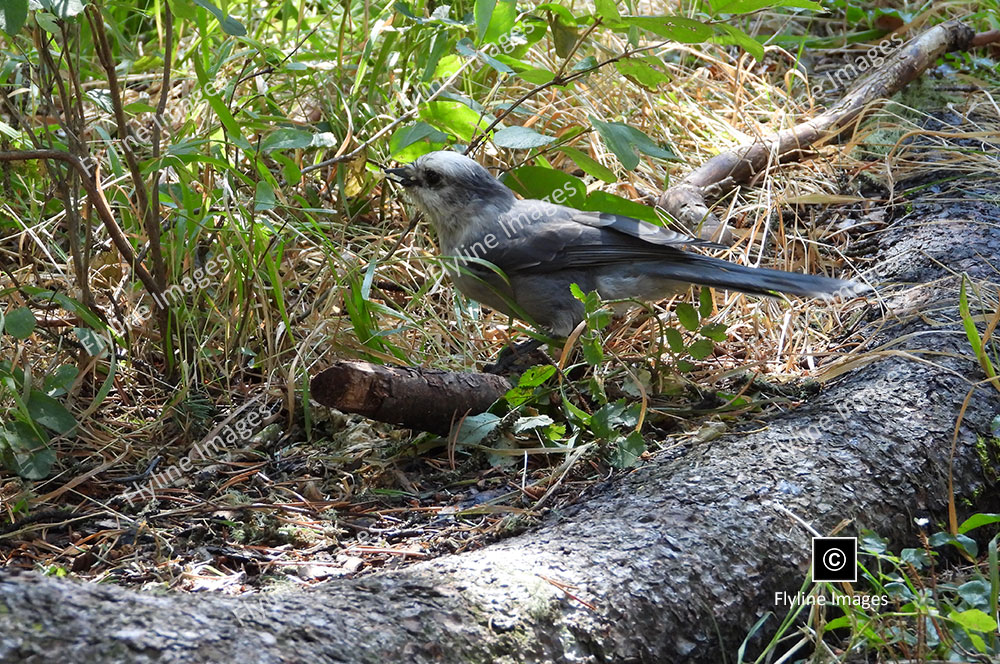Birds
Ligthweight Skeletal Structure, Highly Developed Vision, Predators
Birds are fascinating creatures that capture the imaginations of many due to their unique adaptations and behaviors. One of the most distinctive features of birds is their ability to fly, facilitated by their lightweight skeletal structure, powerful muscles, and feather-covered wings. Feathers not only provide insulation and aid in flight but also contribute to a bird’s camouflage and display in courtship rituals. Birds have highly developed vision and are known for their acute eyesight, which is crucial for foraging and avoiding predators. Furthermore, birds communicate with an array of vocalizations and songs, each species possessing a unique repertoire that often plays a role in mating and territorial defense. Birds are also highly adaptable, thriving in diverse environments across the globe—ranging from lush forests to arid deserts and even urban landscapes—demonstrating the remarkable evolutionary success of avian species.
Portrait Style Images
 MORE ABOUT BIRDS
MORE ABOUT BIRDS
In addition to their physical adaptations, birds also possess complex social behaviors. Many species form strong pair bonds and engage in cooperative breeding, where multiple individuals assist in raising offspring. Some birds even exhibit communal nesting and care for young collectively within a group. These social behaviors not only strengthen family ties but also contribute to the overall success and survival of the species.
Furthermore, birds play crucial roles in maintaining ecosystem balance through their various ecological functions such as pollination, seed dispersal, and pest control. In fact, many plants rely on specific bird species for pollination, making them essential for plant reproduction and biodiversity.
Apart from their biological significance, birds also hold cultural importance in human societies across the world. They have been featured in ancient mythology, literature, and art, and continue to be a source of inspiration for many artists and writers. Additionally, birds are often used as symbols representing freedom, peace, and resilience.
The diverse adaptations, behaviors, and ecological roles of birds make them truly remarkable creatures. Their presence not only enriches the natural world but also adds beauty and wonder to our lives. Whether soaring through the skies or perched on a tree branch singing their distinctive melodies, birds will always captivate our hearts and minds. So let’s continue to appreciate and protect these amazing creatures for generations to come. Let their graceful flight and charming songs remind us of the magic and wonder of nature.
EVOLUTION OF BIRDS
Birds are a diverse group of animals with several key characteristics that distinguish them from other species. One of the most defining features of birds is their feathers, which provide insulation, enable flight, and contribute to their colorful appearances. Most birds possess lightweight, hollow bones that aid in flight, while their unique respiratory system allows for efficient oxygen exchange, even at high altitudes. Birds are warm-blooded creatures with a high metabolic rate, and they typically reproduce by laying eggs with hard shells. Additionally, they have beaks adapted to their feeding habits, ranging from the sharp talons of raptors to the specialized bills of nectar-feeders. These traits, among others, make birds a fascinating and adaptable class of animals.
The existence of modern birds can be traced back to the Late Jurassic period, over 150 million years ago. However, their evolutionary history goes even further back to the dinosaurs, as birds are considered living descendants of theropod dinosaurs like the famous Tyrannosaurus rex and Velociraptor.
Over time, various adaptations occurred that led to the evolution of modern birds. The development of feathers was a crucial step in this process, providing insulation for warmth and eventually leading to the ability to fly. Other skeletal changes also occurred, such as a fused collarbone (or wishbone) for increased stability during flight.
Interestingly, not all birds have retained their ability to fly. Some species, like ostriches and penguins, have evolved to be flightless in order to adapt to their specific environments. This shows the incredible versatility of birds and their ability to thrive in different habitats.
Aside from physical adaptations, birds also exhibit diverse behaviors and social structures. Some species are solitary while others live in large flocks or colonies. Birds also communicate through various vocalizations and displays, often using these to establish territories or attract mates.
In terms of diet, birds have a wide range of feeding habits depending on their specialized beaks. This includes carnivorous birds that hunt prey, herbivorous birds that feed on plants and seeds, and even omnivorous birds that consume both plants and animals.
Overall, the study of birds, also known as ornithology, continues to be a fascinating field of science. With over 10,000 species of birds in the world, there is still much to learn about their behavior, adaptations, and role in ecosystems. From their origins in dinosaurs to their diverse range of characteristics and behaviors, birds truly are one of the most remarkable groups of animals on our planet. So next time you see a bird flying overhead or singing in your backyard, take a moment to appreciate the incredible diversity and adaptability of these feathered creatures. So go out and explore the amazing world of birds!






